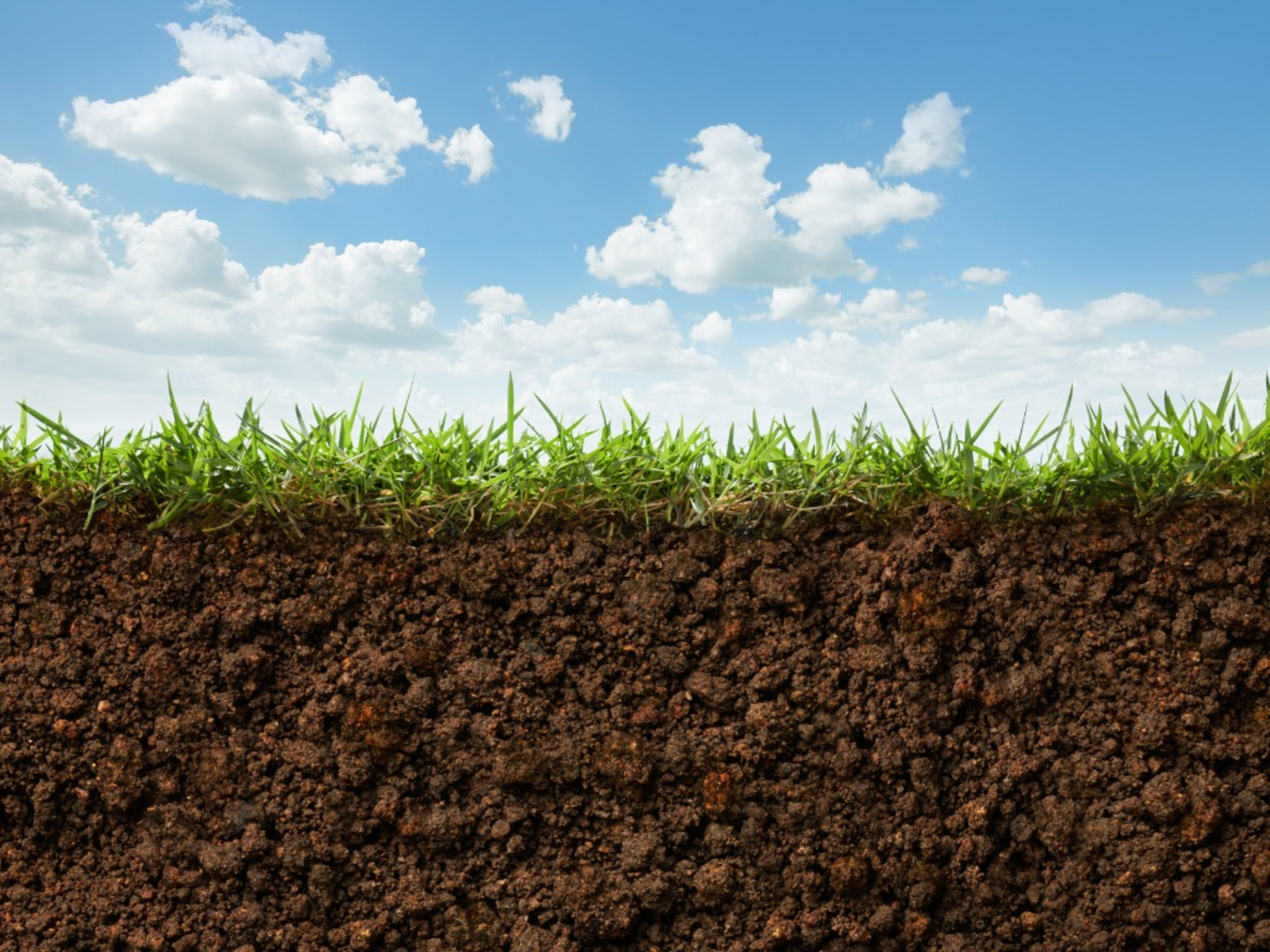Condensation is the opposite of evaporation. It takes place when water vapor in the air condenses from a gas, back into a liquid form, and leaves the atmosphere, returning to the surface of the Earth.
Usually in order for condensation to take place, the atmosphere must be fully saturated. In other words, the maximum vapor pressure must have been reached.
In addition to being saturated, the nature of water requires that there be a surface upon which water can condense. This surface might be blades of grass or windows. In the atmosphere, condensation often takes place around dust particles or other particulates such as smoke and even microscopic bacteria.
Dew Point
Remember that as the temperature rises, so does the maximum vapor pressure, or the maximum amount of water vapor that the atmosphere can hold. It thus follows naturally that as the temperature drops, so does the amount of water that the atmosphere can hold.
What happens to the water in the atmosphere as the dropping temperature causes the maximum vapor pressure to decrease below the amount of water vapor that is already in the air?
When this happens, the water vapor has no choice but to leave the atmosphere in the form of liquid water. The temperature at which this happens is referred to as the dew point. The dew point varies from day to day, and from location to location, and depends on both the temperature, and on the amount of water in the air.






